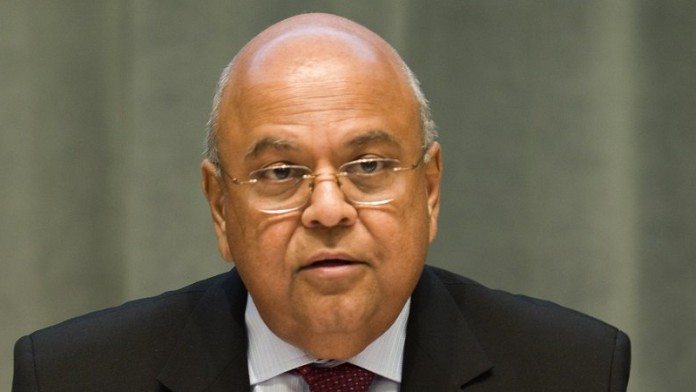
TRANSMISSION will be split out of Eskom by January, and at March 31 by the latest, minister of public enterprises. Pravin Gordhan said on Tuesday.
He was speaking at a media briefing to explain the ‘Eskom Special Paper’, which sets out the government’s intended reforms of South Africa’s electricity supply industry aimed at solving Eskom’s critical financial problems.
“The key principle is that consumers in South Africa are entitled to the cheapest tariffs that any energy provider can offer,” said Gordhan. “We are committed to lowering the cost of business and the cost of living. We want cost-reflective, reliable electricity.”
The special paper’s plans to split Eskom into generation, transmission and distribution units and create an independent market operator were first put forward almost a decade ago. They have only received support within government now Eskom is unable to continue operating and paying salaries without repeated emergency cash injections.
Eskom owes about R450bn which it is unable to service because its costs currently exceed its revenue. Minister of Finance, Tito Mboweni, is expected to announce measures to stabilise Eskom’s finances in Wednesday’s Medium Term Budget Policy Statement.
Gordhan said his department has a two-month plan, and a one-year plan, but completely reforming electricity supply would take a very long time, as other countries’ experience had shown. In Vietnam it had taken more than 20 years.
When it was suggested to him that Eskom was in crisis and did not have the luxury of a long time, he said addressing the immediate crisis and the long-term plan would occur at the same time, and would be synchronised. The department has set up a monitoring entity to follow progress and implementation.
“Today is only about the beginning of the process. Lots of details need to be worked on,” he said.
The transmission company, which will be a subsidiary of Eskom Holdings, will contain the 5,000 to 6,000 employees responsible for maintenance of the network, the systems operator, who will decide daily how much power is needed and how much is available, and a central buyer. The buyer will source power from Eskom generation, renewables or the private sector.
A second subsidiary of Eskom Holdings will be created to house its generation assets. These include its coal, nuclear, hydro and diesel peaking plants. It will also include embedded generation at municipalities (for example, from biomass or rooftop solar).
About three to five clusters will be created, each of which will contain about five power stations, whose objective will be to produce power as cost-effectively as possible. This means generation units within Eskom will compete for customers.
“Experience in other parts of the world shows this is good for customers and creates more efficiencies,” Gordhan said. He said no detailed work had been done yet on how the clusters would be formed.
Government has also not yet decided how to deal with the third arm in electricity supply, distribution by municipalities, which is the main source of revenue for most of South Africa’s municipalities, Gordhan said.
In the past year, mention of plans to split up Eskom have been greeted with vocal opposition from the unions, who fear job losses. Gordhan said government has discussed these plans with the unions and would continue to do so.
“What this plan requires is for all stakeholders – coal or technology suppliers or employees – to make a contribution for this to succeed,” he said.











